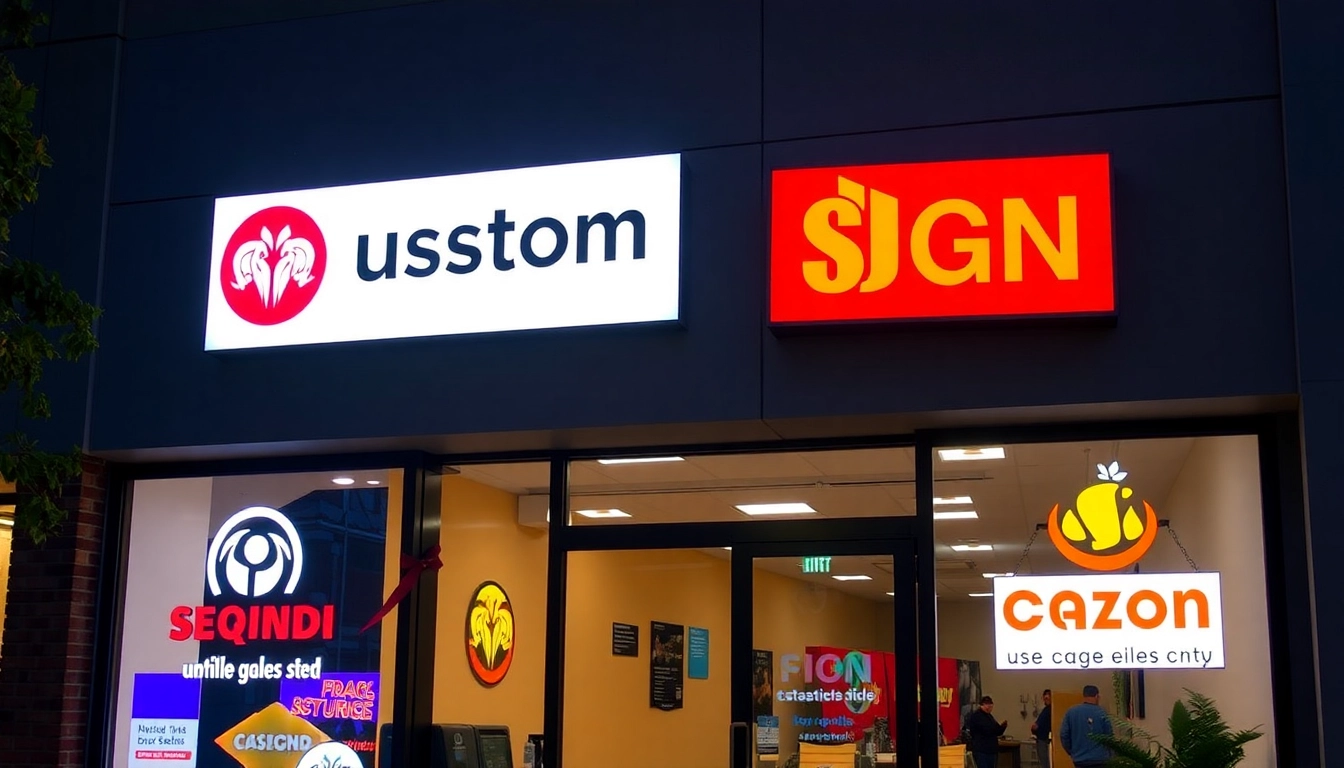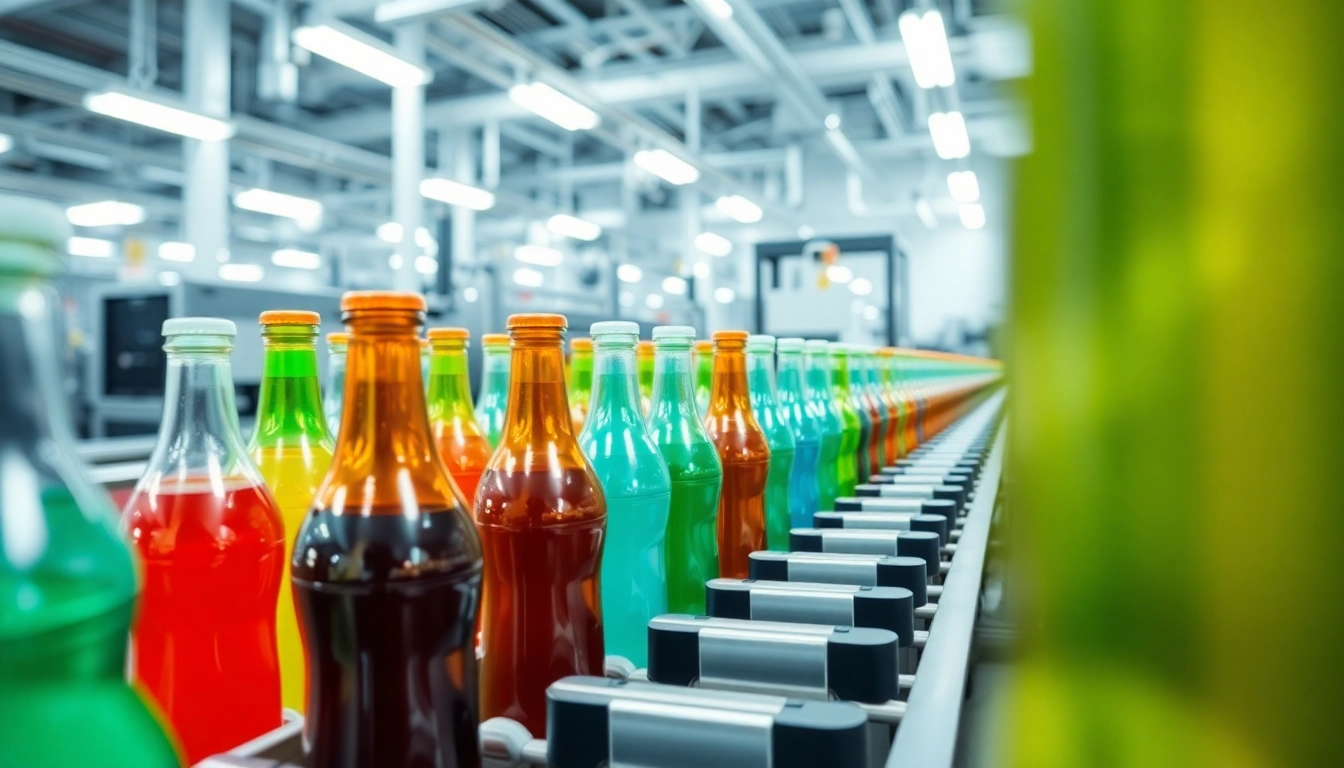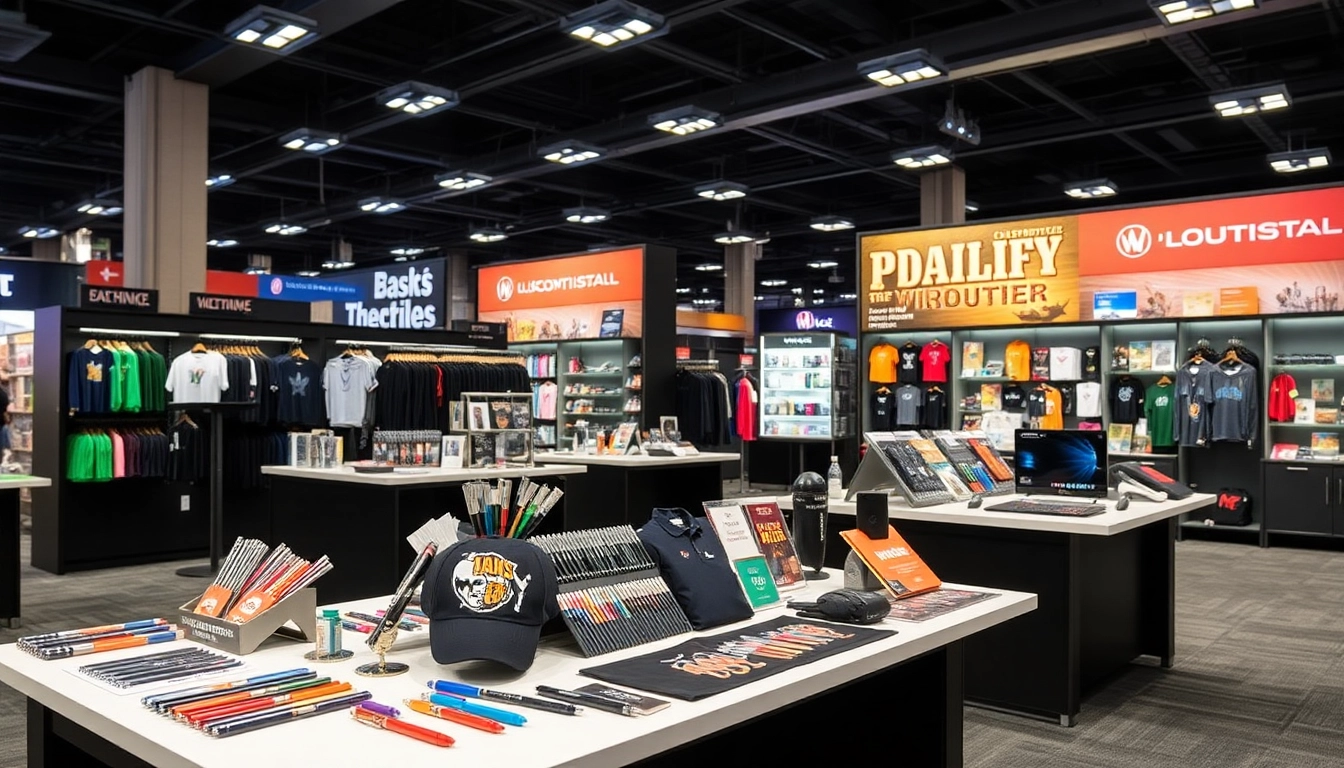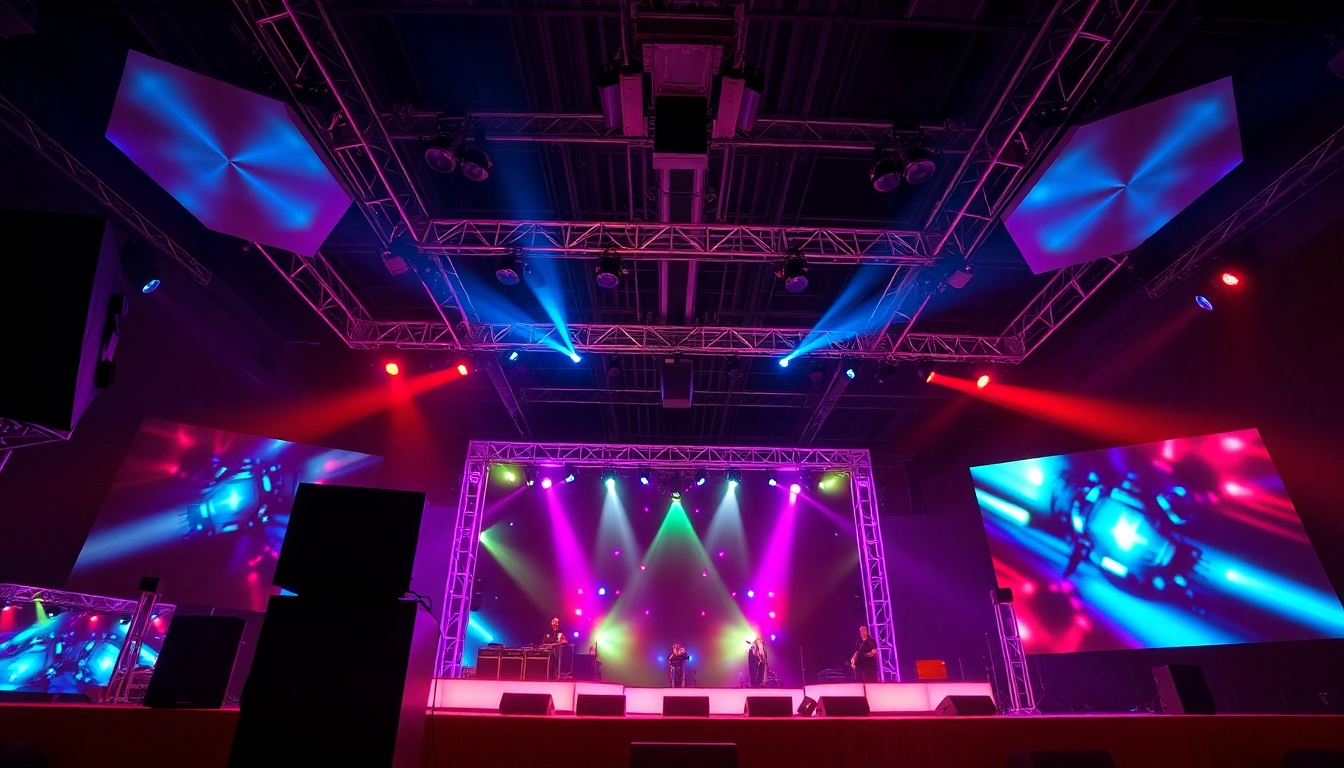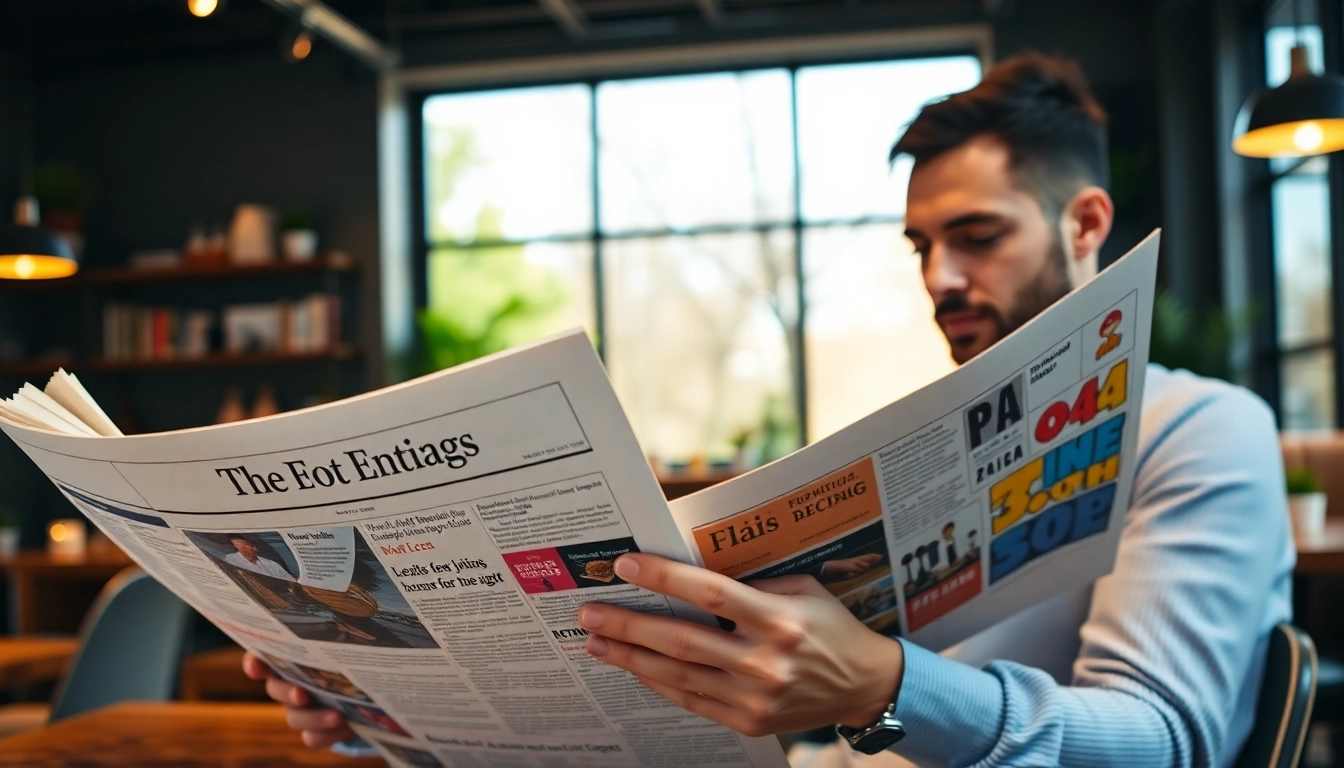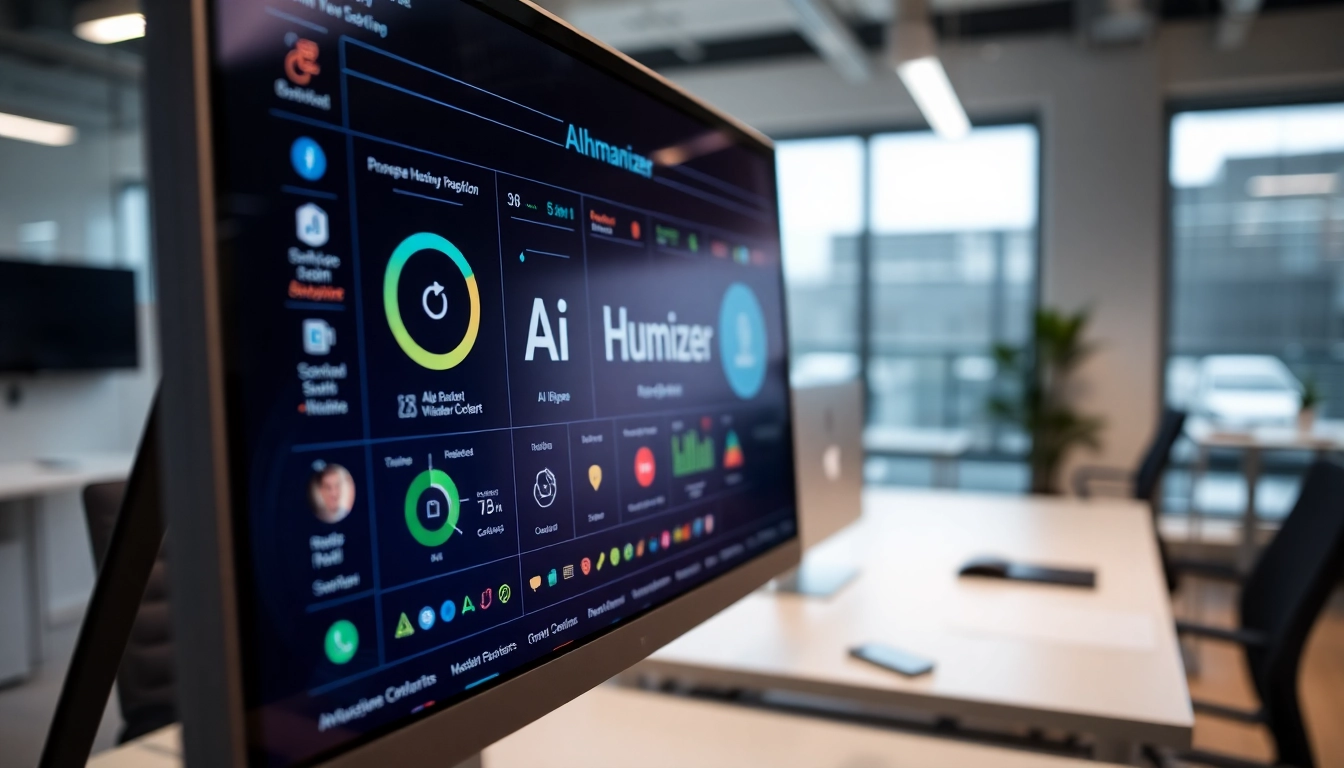Understanding the Importance of Custom Signs for Business Growth
In today’s highly competitive marketplace, establishing a memorable and recognizable presence is crucial for any business striving for growth and success. One of the most effective and versatile tools for achieving this is through the strategic use of custom signs. Custom signage allows businesses to communicate their brand identity clearly, attract attention, and guide customers seamlessly through their physical space. Whether your business is a retail store, restaurant, or service provider, well-designed custom signs serve as silent ambassadors that reinforce your brand message and help you stand out from the crowd.
Why Custom Signs Matter for Brand Recognition
Brand recognition is the foundation of customer loyalty and long-term success. Custom signs play a pivotal role in shaping public perception by visually encapsulating your brand’s personality, values, and offerings. Unlike generic signs, custom signs are tailored to reflect your unique brand identity—incorporating specific logos, colors, fonts, and messaging that resonate with your target audience.
Studies indicate that effective signage can increase foot traffic by up to 20%, illustrating its direct impact on customer engagement. Moreover, consistent use of branded signage across multiple locations or marketing channels fosters trust and familiarity, which are key drivers of customer retention. Effective custom signs are not just informational; they are strategic tools that create lasting impressions, helping your business become top-of-mind within your community and industry.
Types of Custom Signs and Their Applications
Custom signs come in a diverse array of formats, each suited to different purposes and environments. Here’s a breakdown of some common types and their typical applications:
- Three-dimensional letters often illuminated, perfect for storefronts to enhance visibility both day and night.
- Large, freestanding signs often placed at entrances, ideal for branding complexes, campuses, or large venues.
- Flexible, cost-effective solutions for promotions, events, or temporary messaging.
- Custom designs applied directly to glass surfaces, great for interior branding or promotions visible from outside.
- Guides visitors efficiently within a premises, ensuring safety and ease of navigation.
Each sign type can be customized in size, material, lighting, and design to serve specific operational needs and aesthetic preferences. Employing the right combination of these signs enhances your overall branding strategy and operational efficiency.
Common Challenges in Custom Sign Design and How to Overcome Them
Designing effective custom signs involves multiple considerations, and several common challenges can arise during the process:
- Balancing Visibility and Aesthetics: Ensuring the sign is eye-catching without overwhelming your branding. Solution: Focus on clean design, high contrast colors, and readable fonts.
- Material Limitations: Choosing durable materials that stand up to weathering while maintaining visual appeal. Solution: Use weather-resistant and environmentally friendly materials suited to your location.
- Sign Permitting and Regulations: Navigating local signage codes can be complex. Solution: Work with experienced sign makers who understand permitting processes and compliance requirements.
- Budget Constraints: Creating impactful signs within financial limits. Solution: Prioritize high-traffic areas for premium signage and consider cost-effective options for less visible locations.
By anticipating these challenges early, you can implement effective solutions that produce high-quality, compliant, and impactful signage tailored to your needs.
Designing Effective Custom Signs for Your Business
Elements of a Successful Custom Sign: Color, Font, and Material
Crafting a compelling custom sign requires careful attention to its core elements. Color choice influences visibility and emotional response; for instance, red can evoke urgency, while blue signals trust. Fonts should be clear, legible, and aligned with your brand personality—whether modern sans-serif or traditional serif. Material selection affects durability, appearance, and cost—common options include metal, acrylic, wood, and vinyl.
Combining these elements thoughtfully ensures your sign communicates effectively and maintains visual integrity across various conditions and viewing distances.
Best Practices for Durable and Eye-Catching Signage
Durability and visibility are key to maximizing return on investment. Use weather-resistant materials like aluminum or acrylic for outdoor signs to prevent damage from elements. Incorporate lighting—LED illumination ensures visibility at night and enhances attention. Maintain high contrast between text and background, and utilize bold fonts for readability.
Testing your sign at different times of day and in various lighting conditions can help refine its effectiveness. Regular cleaning and maintenance prolong the sign’s lifespan and visual impact.
Incorporating Branding and Messaging Seamlessly
Your custom sign should seamlessly integrate with your overall brand identity. Incorporate your logo, brand colors, and tagline in a way that complements your other marketing assets. Keep messaging clear and concise, focusing on the key value propositions or calls to action.
Think of your sign as a silent salesperson—its design should immediately communicate who you are, what you offer, and why customers should choose you.
Manufacturing and Installing Your Custom Signs
Choosing the Right Materials for Your Sign Type
Material selection is foundational for producing durable, cost-effective signage. For outdoor signs, aluminum, acrylic, and high-density foam offer weather resistance and longevity. Indoor signs might utilize lightweight materials like foam core or fabric banners. Consider environmental factors, visual appeal, and installation environment when choosing materials.
Consult with sign professionals to match your aesthetic goals with functional requirements and budget constraints.
Steps to Ensure Quality and Precision in Production
Ensuring top-quality manufacturing involves clear communication of design specifications, high-quality printing or fabrication techniques, and thorough quality control procedures. Using computer-aided design (CAD) files, suppliers can produce precise cuts, finishes, and lighting components. Regular inspections during production catch potential issues early, ensuring the final product meets your standards.
Partnering with reputable sign companies who utilize advanced technology guarantees a high standard of craftsmanship and reliability.
Proper Installation Techniques for Longevity and Safety
Proper installation is as crucial as design quality. Install signs according to manufacturer guidelines, ensuring structural stability and safety compliance. Use appropriate mounting hardware, anchoring systems, and local permits. For outdoor signs, consider factors such as wind load and potential impact. Regular inspections and maintenance mitigate damage and ensure continued visibility and safety.
Maximizing Impact and Return on Investment
Strategic Placement for Maximum Visibility
Optimal placement is key to drawing attention and driving foot traffic. Position signs where they are naturally seen by your target audience—near major intersections, entrances, or busy streets. Use height, lighting, and size to enhance visibility from a distance. Digital mapping tools and traffic flow analysis can inform placement strategies for maximum impact.
Measuring Sign Performance and Effectiveness
To evaluate the impact of your signage, track metrics such as increased foot traffic, sales lift, and brand recall. Use customer surveys, in-store traffic counters, and digital analytics if employing digital signage. Refine your signage based on data insights—adjust placement, design, or messaging to optimize results.
Maintaining and Updating Your Custom Signs Over Time
Regular maintenance preserves visual appeal and structural integrity. Clean signs periodically, replace lighting components, and repair damages promptly. Refreshing design elements or messaging keeps signage relevant, especially during seasonal campaigns or product launches. Staying proactive in updates ensures ongoing brand consistency and effectiveness.
Future Trends in Custom Signage and Technology
Emerging Materials and Eco-Friendly Options
Innovations in sustainable materials—such as recycled metals, biodegradable plastics, and low-VOC paints—are reshaping the signage industry. These environmentally friendly options reduce carbon footprints while maintaining durability and visual appeal. Green signage not only enhances brand reputation but also aligns with consumer preferences for eco-conscious businesses.
Digital and Smart Sign Innovations
Digital signage, including LED displays and interactive screens, offer dynamic content updates, targeted marketing, and real-time engagement. Smart signs equipped with sensors or IoT connectivity can adapt messaging based on weather, traffic, or customer behavior, creating personalized experiences. These innovations enable businesses to stay ahead in a rapidly evolving marketing landscape.
Adapting to Changing Consumer Preferences
Today’s consumers favor authenticity, interactivity, and sustainability. Custom signage that incorporates augmented reality, mobile integration, or social media prompts can foster deeper engagement. Staying attuned to emerging trends and technologies allows your signage to remain relevant, memorable, and highly effective.
